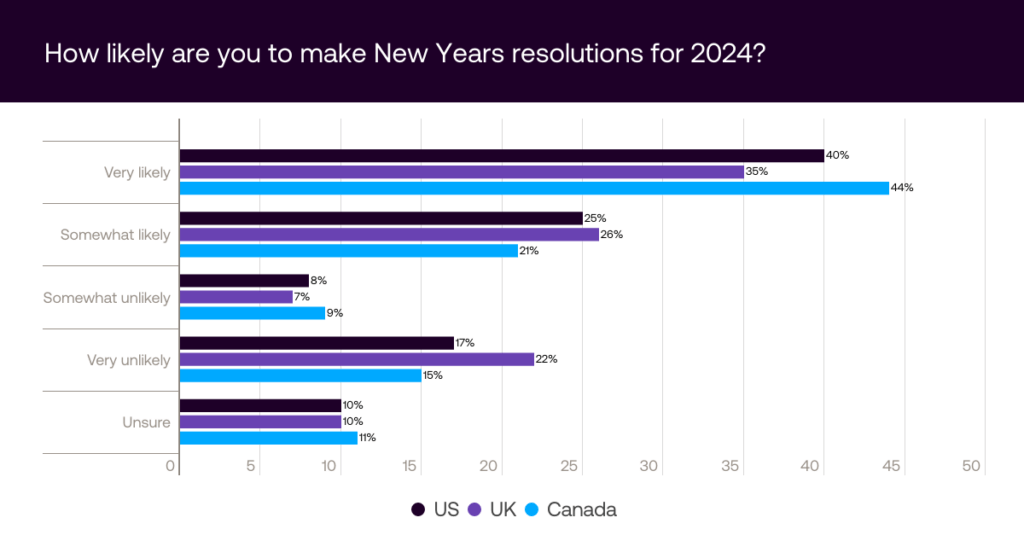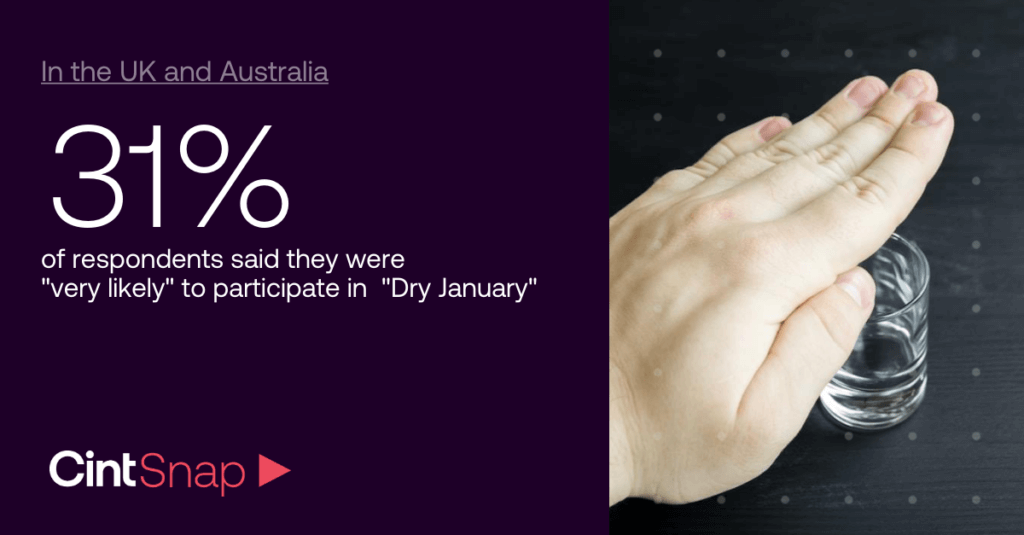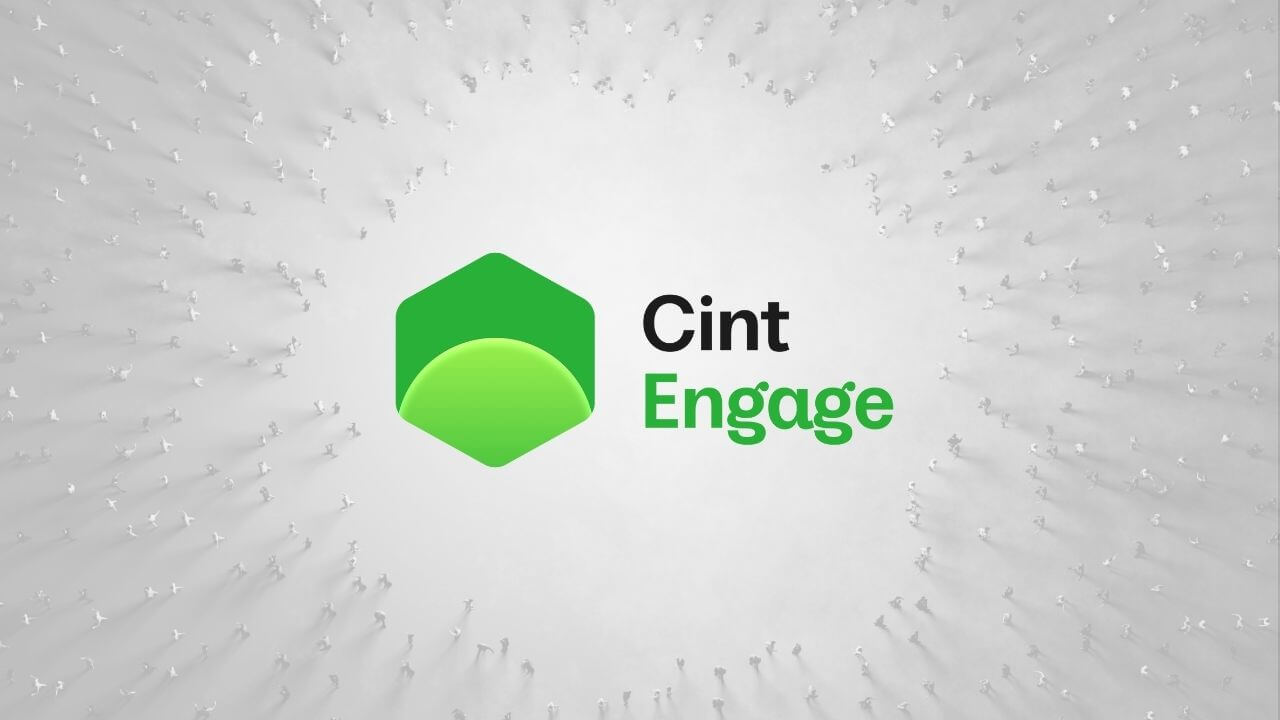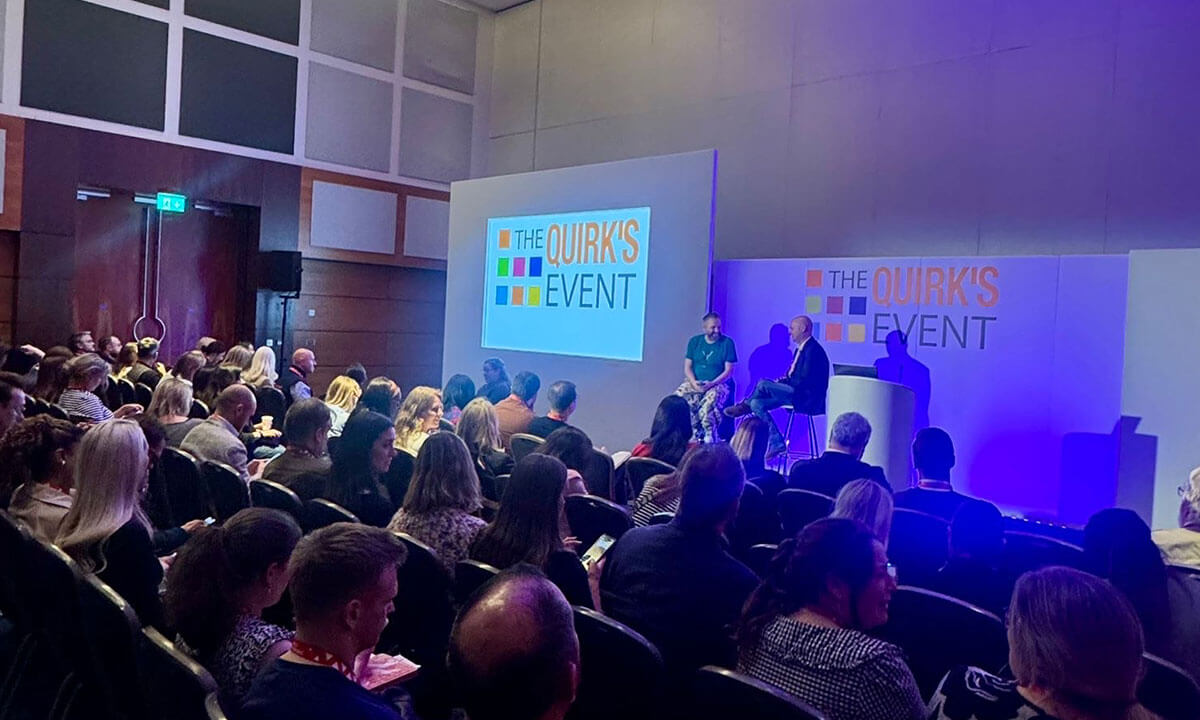As 2023 draws to a close, the tradition of setting New Year’s resolutions is brought to the forefront of people’s intentions, evoking reflection and anticipation for the year ahead.
In our most recent survey conducted using CintSnap – Cint’s own intelligent data insights gathering platform – we delved into the sentiments around resolutions, uncovering insights into the likelihood of making resolutions, perseverance of past commitments, and what people are hopeful to achieve for 2024.
Curious? Join us to explore our findings on the aspirations for a fresh start.

To set, or not to set.
We kicked off the survey by probing into the likelihood of individuals making New Year’s resolutions for 2024.
In Canada, an optimistic 65% expressed that they are “very likely” or “somewhat likely” to embark on this tradition. The trend is similar in the US, where 65% are “very likely” or “somewhat likely” to make resolutions.
Meanwhile, in the UK, the numbers are slightly lower at 61% with the remaining respondents indicating they were unlikely to participate, or are unsure. While uncertainty lingers for a few, overall, the prospect of setting resolutions seems to be a common activity.
Stick it out or call it quits?
To gauge commitment levels, our survey also explored how long individuals followed through with resolutions that were set at the start of 2023.
Surprisingly, almost half of Canadians (43%) opted not to make resolutions at all. Among those who did, a determined 14% persevered throughout the year.
In the UK and the US, 43% and 46%, respectively, admitted to not having made any resolutions. Interestingly, among those who did, the top two timeframes selected were on the opposite ends of the spectrum – ‘one month’ and ‘one year’.
12% of both US and UK respondents held strong throughout the entire year, while 12% and 16% in the US and UK respectively sustained their resolve for only a month.
Put a number on it
We also explored how ambitious our resolution-makers were in terms of the amount they planned to make. In the UK, 35% aim to set none, while 32% plan to make just one resolution. In Canada, the majority (37%) aspire to tackle 2-5 resolutions, whereas in the US, 38% are leaning toward this range.
At only 4%, not many were ambitious enough to set more than 5 resolutions in the UK, 5% in Canada, and 5% in the US, perhaps indicating that less is more / quality is preferred over quantity.
Bring on the mocktails
Our survey revealed a rising trend in opting for sobriety, with a significant percentage across all four countries expressing interest in participating in Dry January. In the UK and Australia, 31% were “very likely,” while 26% in Canada shared the sentiment, and 23% in the US showed an inclination.
Despite the term becoming more mainstream over the past years, “Dry January” still appears to be less familiar to some, with 31% in the US, 18% in Canada, and 19% in Australia unaware of what it stands for.

Looking into the ‘why’
When it comes to the types of resolutions people are making, it’s no surprise that ‘saving money’ tops the chart across all three countries, resonating with 38%, 49%, and 40% in the US, Canada, and the UK, respectively.
Other popular goals include ‘doing more self-care’, ‘starting a new exercise routine’, ‘starting a diet’, and ‘traveling more’. Conversely, people across these countries were less inspired to accomplish goals such as ‘working less’, ‘eating less meat’, or ‘becoming a better partner’.
We were also keen to find out the main reasons behind these resolutions. The majority cited a desire to improve their physical health. Personal growth was another prominent motivator in Canada, while both physical and mental health took precedence in the UK and the US. Reasons such as improving career, relationships, and work/life balance took the backseat across all three countries.
Will you be setting any resolutions for 2024? What is your inspiration to strive for positive change? Join the conversation on our LinkedIn channel.
Cint’s research technology helps our customers to post questions and get answers from real people, in real time – and to use these insights to build business strategies, publish research, and accurately measure the impact of advertising efforts.




































































































